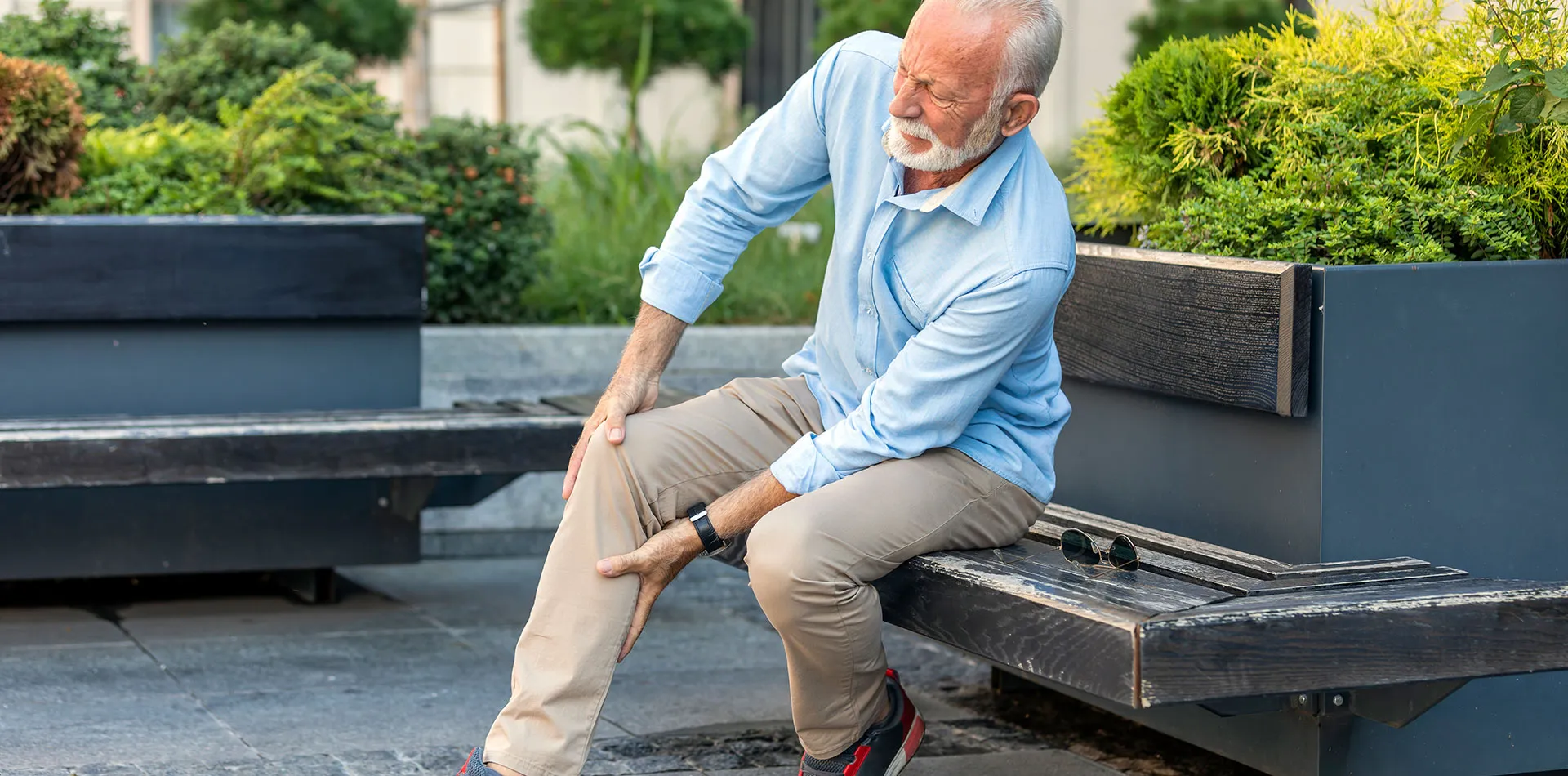
Restless legs syndrome (RLS) creates a compelling urge and uncontrollable sensation to move your legs that majorly occurs in the evening or nighttime hours while sitting or lying down. Moving the leg will temporarily lessen the bothersome feeling.
This condition of RLS, also called Willis-Ekbom disease, may begin at any age. It usually worsens as the person gets older, disrupting sleep, and hence, hindering daily activities. Generally, self-care steps and lifestyle changes will relieve the symptoms, and medications also help.
A strong feeling to move the legs or feet is the main sign of this condition, which may come with other attributes like:
RLS symptoms are generally left on both sides of the body, and in some rare cases, the sensations affect the arms. People feel in the limb impressions like crawling, creeping, pulling, throbbing, aching, itching and electric, which usually gives them a desire to move their legs. The severity of the urge may fluctuate and even disappear for some time, then come back.
Talk to the doctor when you have signs of RLS, as it can disrupt sleep, causing daytime drowsiness and affecting the quality of life.
Although the actual cause of RLS remains unknown, researchers speculate it happens due to an imbalance of the brain chemical dopamine that sends messages to control muscle movement.
In many people, this condition is heredity - when you experience it before age 40, it runs in families. Pregnancy or hormonal changes can also temporarily worsen the situation, which generally disappears after delivery.
RLS occurs at any age, even in children, but the condition gets worse with increasing age and is often seen in women than in men.
Generally, RLS does not indicate a severe medical problem., but it may come with other conditions, like:
RLS doesn't indicate critical conditions, but its signs can be annoying to disabling, making it difficult to fall or stay asleep. RLS may disrupt napping, leading to excessive daytime drowsiness. In severe situations, RLS may lead to impairment in life quality and may lead to depression.
Some lifestyle changes can improve and relieve RLS, such as:
Patient Experience